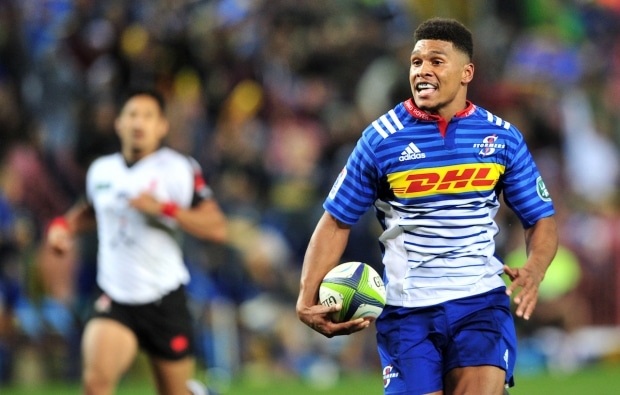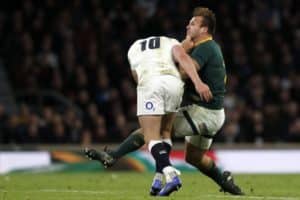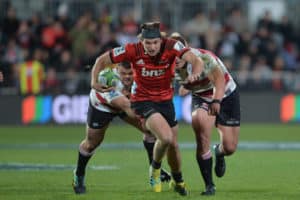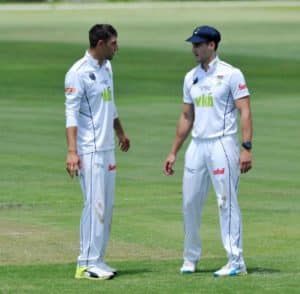South African rugby’s flyhalf stocks are looking a lot healthier heading into 2018, writes CRAIG LEWIS.
In the midst of Western Province’s post-match celebrations following the Currie Cup final last year, there was a throwaway comment from coach John Dobson that largely slipped under the radar, but should not be overlooked.
When asked about the influence of young star Damian Willemse, the WP coach said there was no doubt in his mind that the 19-year-old was not only the ‘future of the union’, but one of the most promising talents in South African rugby.
It’s a comment that warrants due recognition when one considers that Willemse’s meteoric rise has coincided with that of fellow Junior Springbok Curwin Bosch, while WP flyhalf Robert du Preez also came of age in 2017. Suddenly, when casting an eye to this year and the lead-up to the 2019 World Cup, the Springboks’ potential flyhalf stocks are looking considerably healthier.
It can’t be forgotten that last June, the Boks had to turn to veteran Frans Steyn to provide back-up at flyhalf, with the options beyond Elton Jantjies looking about as bleak as a Cape Town winter.
At the time, Pat Lambie and Handré Pollard were still recovering from injuries, while few local flyhalves were making much of an impression. It led to some calls for Kings journeyman Lionel Cronjé to be considered by the Boks, but with all due respect, he is hardly a player who would have struck fear into Test opposition.
It’s with this in mind that there is reason for some new year cheer when one considers the Boks’ flyhalf options heading into 2018.
ALSO READ: Bok mediocrity must fall
Bosch already spent plenty of time in the national camp last year – making his Test debut in August – while he has starred for the Sharks at both Super Rugby and Currie Cup levels. His one-on-one tackling remains a real area for improvement, but he is only 20 years old.
Some extra time spent in the gym and working closely with a defensive coach would certainly serve Bosch well, but there is no doubt that he still has a bright Test career ahead of him. And although Bosch is capable of playing at both fullback and flyhalf, he has hinted at his preference for No 10, with his impressive kicking game and attacking X-factor making him a real prospect for the future.
However, there is already evidence to suggest that Willemse could, in fact, become an even better all-round player. Similar to Bosch, the fleet-footed youngster is equally capable of playing at fullback or flyhalf, but the Stormers have made no secret of the fact that they see him as their long-term 10.
Willemse certainly boasts all the raw ingredients to become a world-class flyhalf. Besides possessing one of the most lethal sidesteps in the game, he has a strong boot, superb distribution skills and isn’t afraid of getting stuck into contact. It’s some prospect to think where he could be in a year or two after gaining further Super Rugby experience.
Yet, while Willemse and Bosch are regarded as two of the brightest young stars in South African rugby, Du Preez’s domestic form last year suddenly saw him emerge as a Bok contender. The 24-year-old was a key orchestrator in Western Province’s Currie Cup triumph, while he featured for the Barbarians against the All Blacks in November. If Du Preez can remain injury free after his move to the Sharks, there is every reason to believe he could continue to knock on the national door.
As it is, Pollard made an encouraging return to the Test arena in 2017, Lambie has made an immediate impact at French club Racing 92 after overcoming serious concussion concerns, while Jantjies certainly can’t be written off just yet and has firmly set his sights on winning back the Bok No 10 jersey.
All in all, the good news is that some much-needed flyhalf competition is building, with Willemse, Bosch, Du Preez, Pollard, Jantjies and even Lambie having everything to play for in 2018.
ALSO READ: Du Preez’s coming of age
Photo: Ryan Wilkisky/BackpagePix





